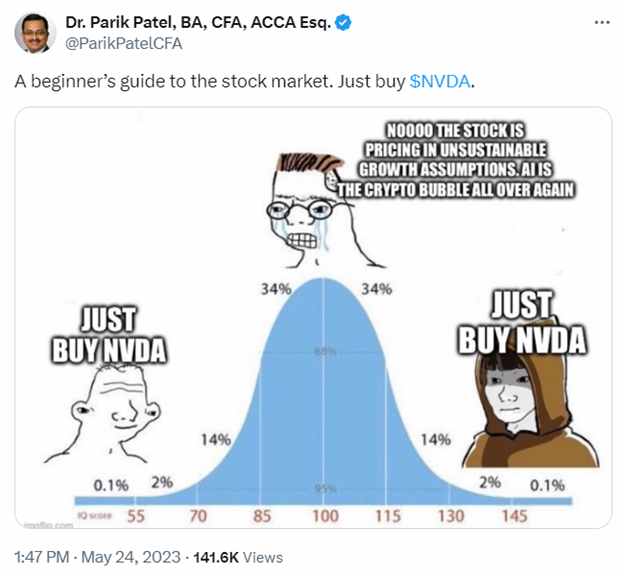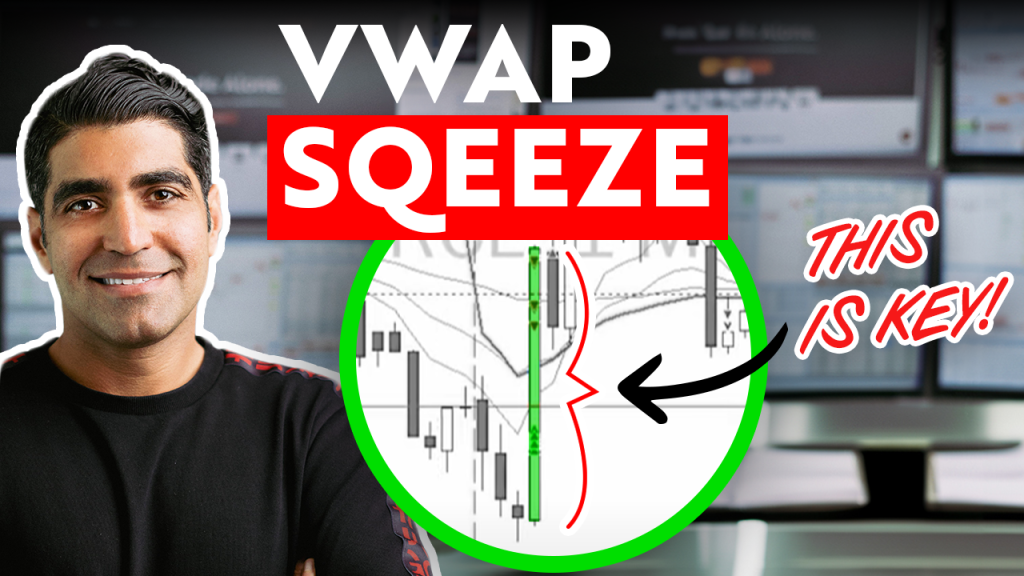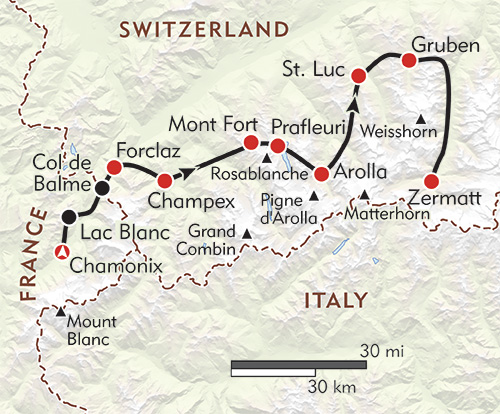
Why NVDA is Exploding Like This?
Dear Traders,
Happy Inflation Report Day!
Today brought us another dynamic day in the market, with the CPI numbers coming in as anticipated. The core inflation rate now stands at 3.2% annually, still overshooting the Federal Reserve’s 2% target.
NVDA surged by another 7% today, moving toward new all-time highs, possibly nearing $1,000 per share. Once again, the spotlight turns to AI and its impact on our economy and daily lives.
AI is really grabbing everyone’s attention, and it’s clear to see why so many people, especially investors, are getting excited about it. The rise of chatbots and image generators in the past year and a half has been nothing short of enchanting. There’s no doubt it’s a great time to be a tech enthusiast and obviously it’s a bull market in tech.
However, there are big questions about AI’s financial practicality. Can AI systems cut down on the need for legal professionals? Can they improve the quality of customer service? Are they going to revolutionize healthcare? Can they enhance the efficiency of everyday office tasks, making us all significantly more productive?
Moreover, AI has the potential to revolutionize the creation of robots. With labor shortages being a widespread issue and industrialized nations in dire need of more workforce, robots could be the answer.
We could use more robots for tasks like making burritos, acting as lifeguards, or performing other jobs that require physical skill. Sure, robots are already among us, with companies like Boston Dynamics releasing impressive videos. Yet, it’s uncertain whether these developments have significantly impacted economic productivity.
An enlightening interview with Nvidia CEO Jensen Huang in Wired magazine back in February hinted at an accelerated revolution in robotics, propelled by the same advancements driving today’s chatbots. If we can create text and images, then motion creation might also be possible with the help of AI.
Robots are about to get really good counterintuitively quickly: For many years, training robots sucked. Either you had to train them in reality and it was very slow and they overfit. Or you trained them in simulation then dumped them into reality and watched them fail. Or you spent a huge amount of money on data and compute crossing the sim2real abyss.
But over recent years, algorithms have gotten more efficient, data collection has gotten easier, and new paradigms have emerged like the dumb ‘just embed everything and train a prediction model’ approach popularized by LLMs. And as we see elsewhere in this issue in the domain of bioscience, these next-token prediction paradigms work very well and seem like they can unlock progress in challenging parts of AI.
Plus, companies ranging from Tesla to Figure are all busy working on the VC funded robot platforms and software versions of the research described here, so we can assume that they’re already pursuing the kind of scaling law curve-climbing implied by this research. Add it all together and we can confidently say bipedal real world robots are going to get very good very quickly.
Obviously a world with really good, bipedal humanoid robots opens up all kinds of new and weird Sci-Fi possibilities. But from a simple economics standpoint, the demand for robots with more human dexterity and more human intuition seems obvious.
Therefore, we can now understand why there’s a bull market in NVDA and its rapid demand. As I wrote yesterday, the AI mania may push its price even higher.
Today in the chatroom, we had a great trading day with NVDA and Oracle, both trading at all-time highs.
If you’re interested in learning how to identify a short squeeze, make sure to watch my recap and ask your questions in the comments.
I’m off to Europe for 1 week of skiing in the Alps. We’re taking the Haute Route, a ski mountaineering trail through the French and Swiss Alps, from Chamonix in France to Zermatt in Switzerland. Spanning 221km (137 miles) between Mont Blanc in Chamonix, France, and the Matterhorn in Zermatt, Switzerland, the Haute Route ski tour is probably the most famous and coveted ski tour in the world.
Using high mountain huts to stay elevated and cover substantial distances, it navigates through the highest, most dramatic peaks of the Alps. Completion requires good weather, favorable snow conditions, and a strong effort. Because of this, roughly half of the skiers who begin the tour do not complete it.
Wish me luck!
I won’t be trading for 7 days, but I’ve asked Lenny, one of our best and senior traders at Peak Capital, to join Brian for trading at the open. I hope you enjoy learning from him. He’s a great trader and deserves some time to trade with the community.
To your success,
Andrew









